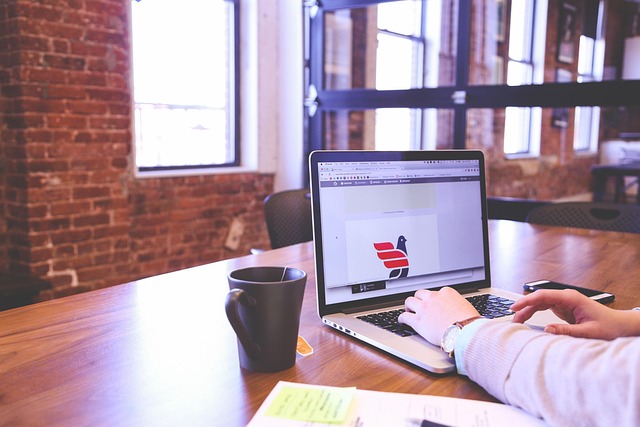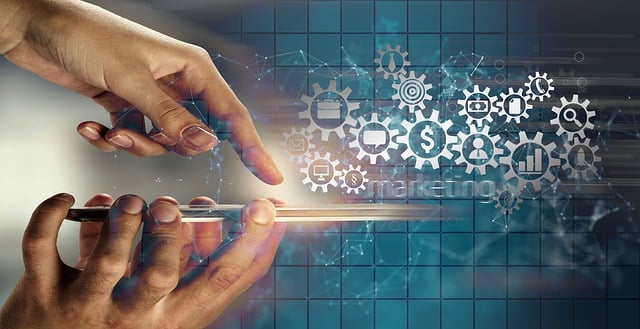Biofeedback tools powered by AI and image recognition analyze real-time biometric data like heart rate, skin conductance, and body temperature changes upon consuming food. These devices correlate these signals with AI food photo recognition to provide accurate calorie estimates and macronutrient breakdowns, enhancing dietary accountability and promoting healthier eating habits. AI food photo recognition offers a convenient, accessible way to track calorie intake, with applications ranging from personal health monitoring to culinary research. However, challenges include database quality, individual variability, privacy concerns, and limitations of visual data compared to traditional assessments.
Biofeedback tools are transforming diet monitoring by providing insights into physiological responses to food. These innovative devices go beyond self-reporting, offering objective data on digestion and metabolism. Among them, AI food photo recognition stands out for its accuracy in estimating calories consumed, making it a game-changer for those seeking to manage their weight. This article explores how biofeedback tools function, delves into the power of AI food photo recognition for calorie estimates, and discusses both the benefits and limitations of using biofeedback for diet monitoring.
- Understanding Biofeedback Tools: How They Work
- AI Food Photo Recognition: Revolutionizing Calorie Counting
- Benefits and Limitations of Using Biofeedback for Diet Monitoring
Understanding Biofeedback Tools: How They Work

Biofeedback tools leverage cutting-edge technology, often incorporating artificial intelligence (AI) and image recognition, to provide valuable insights into physiological responses to food intake. These tools analyze various biometric data points like heart rate, skin conductance, and body temperature changes in real-time. By correlating these signals with visual inputs, such as AI food photo recognition for calorie estimates, biofeedback devices offer a holistic understanding of how different foods impact an individual’s body.
This technology works by capturing and interpreting signals from the autonomic nervous system, which controls involuntary actions like heartbeats and digestion. When you consume a meal, the biofeedback device uses AI algorithms to identify food items from photos or scans, immediately calculating estimated calorie content. Simultaneously, it measures physiological changes in response to this intake, allowing users to visualize their body’s immediate reaction, including changes in heart rate variability, skin conductance levels, and core temperature.
AI Food Photo Recognition: Revolutionizing Calorie Counting

AI Food Photo Recognition is a cutting-edge technology that’s transforming the way we approach calorie counting and nutritional awareness. By leveraging advanced machine learning algorithms, this innovative tool can analyze images of food to provide accurate estimates of calories, macronutrients, and even specific food types. It works by comparing the visual data against a vast database of food items, offering instant insights into the dietary content.
This technology promises to make tracking calorie intake more accessible and user-friendly. With just a simple snap of a photo, individuals can gain valuable information about their meals, promoting healthier eating habits. Moreover, AI Food Photo Recognition has potential applications in various fields, from personal health monitoring to culinary research, offering new possibilities for understanding and optimizing our dietary choices.
Benefits and Limitations of Using Biofeedback for Diet Monitoring

Using biofeedback tools, particularly AI-driven food photo recognition for calorie estimates, offers several advantages in diet monitoring. These technologies can provide real-time insights into dietary intake, helping individuals make more informed decisions about their meals. By instantly recognising and estimating calories from photos of food, users gain a convenient way to track their nutrition, enabling them to adjust eating habits for weight management or specific health goals. Moreover, AI photo recognition can enhance accountability by creating a visual record of consumption, which is valuable for maintaining awareness and adhering to dietary plans.
Despite its potential, biofeedback using AI food photo recognition has limitations. Accurate estimation depends on the quality and variety of images in the training database, potentially leading to errors or biases. Additionally, individual differences in portion sizes or food presentation can affect the precision of calorie calculations. Privacy concerns also arise due to the storage and processing of personal dietary data. Furthermore, while AI tools offer convenience, they may not replace the depth of information gained from traditional dietary assessments conducted by professionals.
Biofeedback tools, especially AI food photo recognition technology, offer a innovative approach to diet monitoring by providing real-time data on calorie intake. This cutting-edge method allows users to gain a deeper understanding of their dietary responses and make informed decisions. While biofeedback for diet monitoring has its benefits, such as increased awareness and personalized insights, it’s not without limitations. Accurate calibration, cost considerations, and privacy concerns are key factors to keep in mind. Nevertheless, as AI food photo recognition becomes more refined, it has the potential to revolutionize calorie counting and foster healthier eating habits.
